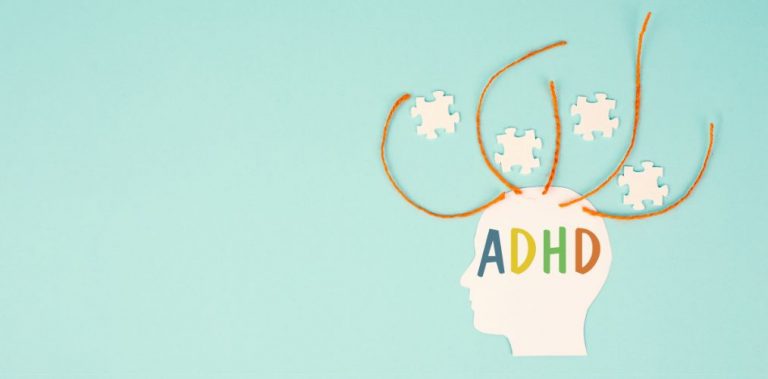Living Well with Hemophilia
While rare, hemophilia is an inherited bleeding disorder where the blood fails to clot properly. The dangerous side of this condition is that it can lead to spontaneous bleeding, such as after injury or surgery, even leading to life-threatening situations.
In this article, we explore hemophilia diets, signs and treatment options, like using novoMEDLINK, a resource site that provides therapy options for patients with hemophilia. How can you get this disorder under control? What should you know? Let's take a look.
Foods that Improve Blood Circulation
- Berries (especially blueberries).
- Leafy greens (spinach, kale).
- Citrus fruits (oranges, lemons).
- Garlic.
- Beets.
- Fatty fish (salmon, mackerel).
- Nuts (especially walnuts).
- Dark chocolate (in moderation).
- Ginger.
- Turmeric.
Hemophilia Diets: What Foods Should You Eat?
Our blood contains clotting factors, which are proteins that help form a blood clot. However, with hemophilia, individuals are missing or have low levels of factor VIII or factor IX. If not managed properly, uncontrollable bleeding can happen, internally or externally, becoming a very critical medical situation.
Yet, what you eat can contribute to the management of hemophilia. So, with that in mind, here’s what you should know when planning your diet.
Opt for Iron-Rich Foods
With the incidences of blood loss quite high, a person with hemophilia should focus on maintaining their iron levels. This helps with the formation of red blood cells and their affixed hemoglobin, which is essential for the delivery of oxygen throughout the body. About 0.75 milligrams of iron is lost per just 15 milliliters of blood.
Some examples of iron-rich foods include:
- Liver.
- Red meat.
- Poultry.
- Leafy greens.
- Seafood.
Choose Foods High in B Vitamins
B vitamins must be replenished every day via our diet. These are essential for optimal energy production and normal metabolism function. Some options here include fish, eggs, poultry, whole grains, leafy greens and beans.
Incorporate Vitamin K Rich Foods
Vitamin K plays an important role in blood clotting by making various proteins involved in this process. This is even more important for those with hemophilia, who may not produce enough of the proteins needed for clotting.
Try including more of these foods in your diet for ample vitamin K:
- Asparagus.
- Broccoli.
- Cabbage.
- Oats.
- Olive Oil.
- Soybean and canola oil.
Signs of Hemophilia
Hemophilia can be hard to spot, especially if it’s very mild and the deficiency of clotting proteins isn’t severe. However, some common signs include:
- Excessive and unexplained bleeding.
- Large and deep bruises.
- Heavy bleeding after vaccination.
- Pain or swelling in the joints.
- Blood in stool or urine.
- Sudden, unexplained nosebleeds.
If you notice any of the above, it’s important to see your doctor immediately so that you can determine the best way forward. They will determine the appropriate course of treatment and management for this condition based on your specific health history and situation.
Using NovoMedLink for Hemophilia Support
Novomedlink offers valuable support for individuals managing hemophilia, a genetic bleeding disorder. This innovative platform promotes better management of the condition by providing a centralized space for patients to track and monitor their health data, such as bleeding episodes, treatment plans and medication schedules. By offering a comprehensive overview of their health status, Novomedlink empowers patients with hemophilia to make informed decisions about their care.
Treatment for Hemophilia
Usually, treatment involves replacing the missing clotting factors. This may be ongoing therapy that is required at certain intervals, especially in more severe cases. Yet, other treatment options may include:
- Novomedlink: Novomedlink can stop bleeding when it happens, effectively preventing extreme blood loss. This can be used during vaccinations, surgery and more.
- Desmopressin: This is often used for mild cases and is a hormone that stimulates the body to produce the missing clotting factor.
- Clot-Preserving Medications: Frequently called antifibrinolytics, these types of medications prevent the breakdown of clots in the body.
- Fibrin Sealants: For fast and effective resolution of bleeding, these can be used and applied directly on a wound. These are more often used in dental work.
- Physical Therapy: This treatment avenue depends on the severity of one’s condition. If the bleeding has led to joint pain, physical therapy can help you find ways to manage it effectively.
On top of medical interventions, your doctor may recommend a few lifestyle changes to help better manage your condition and improve your quality of life. These include:
- Regular Exercise: Exercise can help reduce any associated joint pain. Again, working with a physical therapist to come up with a suitable exercise plan can be beneficial.
- Avoidance of Certain Medications: Some common over-the-counter medications, such as ibuprofen and aspirin, can increase bleeds. It’s best to avoid taking these and find other options, like acetaminophen.
- Don’t Use Blood Thinners: While your doctor and pharmacist should note this right away, make sure others around you, such as your emergency contact, know that blood thinners aren’t a good combination with hemophilia.
- Protect Yourself from Injuries: It might be best to avoid excessive contact sports and opt for gentler physical activity to avoid unwanted bleeds from injuries. Always wear proper protective gear as well.
- Wear a Medical Alert Bracelet: If anything happens, this will alert medical personnel of your condition, helping them give you the best care possible.
Hemophilia can sound like a scary diagnosis. While most are diagnosed in their first year of life, it can be diagnosed later on, too. Either way, it’s important to understand how to protect yourself and manage your condition to the best of your capabilities. This will ensure you lead a long, happy and healthy life.

